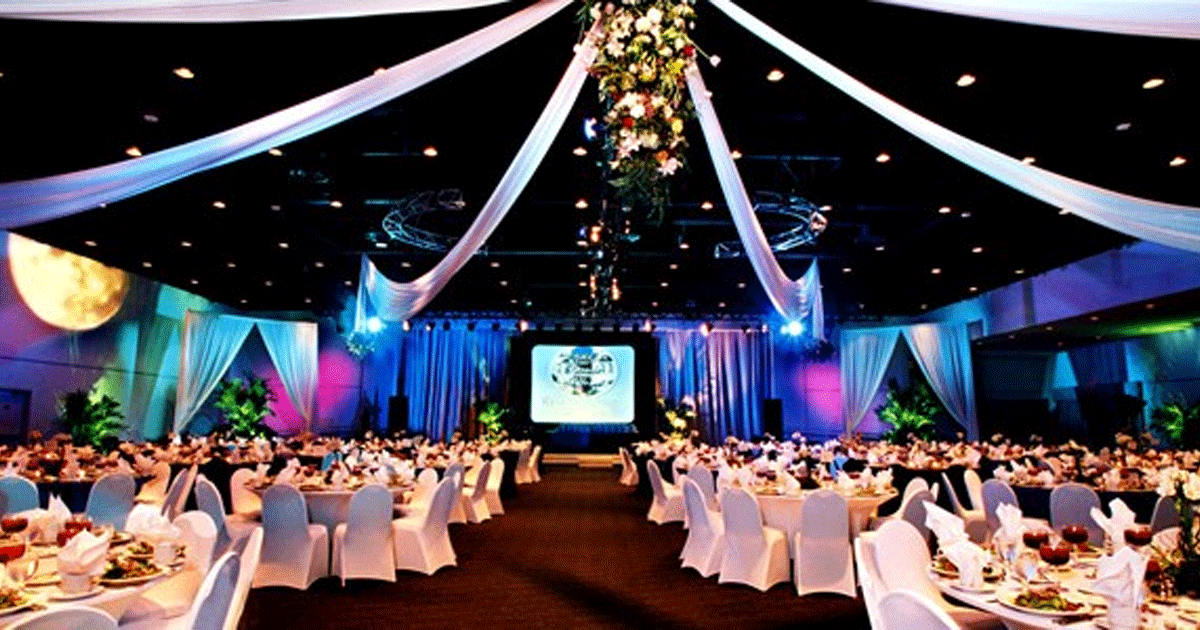Planning an event can feel like orchestrating a symphony. Every note, from the initial planning stages to the final farewell, needs to be meticulously timed and coordinated. In this article we are going to focus on Creating an Effective Event Timeline: A Step-by-Step Guide. An effective event timeline serves as your blueprint, ensuring that every detail is accounted for and nothing is left to chance. For a successful event hire best event planners in Karnataka at affordable cost. Whether you’re organizing a wedding, conference, or community festival, a well-structured timeline is key to a successful event. Here’s how to create one that works.
1. Define Your Event Goals
Before diving into the nitty-gritty of scheduling, clarify the purpose and goals of your event. Are you aiming to raise funds, celebrate a milestone, or foster networking? Understanding your objectives will help you allocate time and resources effectively. For instance, a charity gala might prioritize fundraising activities and guest engagement, while a conference may focus on scheduling speakers and breakout sessions.
2. Establish the Event Date and Time
Selecting a date and time is the first step in creating your timeline. Be mindful of potential conflicts with other local events or holidays that could impact attendance. Once you’ve chosen your date, decide on the duration of the event. This will influence the rest of your schedule, including setup times, activities, and breakdown procedures.
3. Break Down the Event into Phases
Divide your event into key phases: pre-event, during the event, and post-event. Each phase requires different activities and deadlines:
- Pre-Event: Includes planning, promotion, and preparation. Key tasks might be securing the venue, booking vendors, and sending invitations.
- During the Event: Focuses on the execution of activities and managing guest experiences. This involves coordinating schedules, overseeing staff, and ensuring everything runs smoothly.
- Post-Event: Involves wrapping up, such as dismantling setups, sending thank-you notes, and evaluating the event’s success.
4. List All Tasks and Deadlines
Detail every task required for each phase of the event. Start with high-level tasks and then break them down into smaller, actionable items. For example, if one task is “book catering,” sub-tasks might include “research catering options,” “request quotes,” and “confirm menu.”
Assign deadlines for each task to ensure everything is completed on time. Use a project management tool or a simple spreadsheet to track progress and keep everyone accountable.
5. Create a Detailed Schedule
Map out a detailed schedule for the event day. This should include:
- Arrival Times: When will the setup crew, vendors, and volunteers arrive? Include buffer time for unexpected delays.
- Event Activities: Create a timeline of events, such as speeches, performances, or workshops. Be specific about start and end times.
- Breaks and Meals: Schedule times for breaks and meals, keeping in mind the needs of both guests and staff.
- Transitions: Plan for smooth transitions between activities. For example, if you have a presentation followed by a networking session, allow some time for guests to mingle and move.
6. Coordinate with Your Team
Communicate your timeline with everyone involved in the event. Ensure that all team members, including vendors and volunteers, are aware of their responsibilities and the timing of their tasks. Hold a briefing meeting to review the timeline and address any concerns or adjustments needed. Having a clear point of contact for each aspect of the event can help streamline communication and resolve issues swiftly.
7. Monitor and Adjust
No matter how well you plan, things can and often do go awry. Build flexibility into your timeline to accommodate unforeseen changes. Have contingency plans in place for common issues like equipment failure or weather changes. Assign a team member to monitor the event’s progress and make real-time adjustments as needed.
8. Review and Reflect
After the event, take the time to review the timeline and assess what worked and what didn’t. Gather feedback from your team, vendors, and attendees to gain insights into the event’s execution. This review process is crucial for refining your approach and improving future events.
Tips for an Effective Event Timeline
- Be Realistic: Allocate sufficient time for each task and avoid overloading your schedule. Rushed activities can lead to mistakes and stress.
- Prioritize Tasks: Identify critical tasks that must be completed on time to avoid delays. Address high-priority items first.
- Use Tools: Utilize event management software or apps to keep track of tasks, deadlines, and communications.
- Stay Organized: Keep all your event documents, contact information, and schedules in one accessible place.
Conclusion
Creating an effective event timeline is a blend of strategy, organization, and adaptability. By defining your goals, breaking down tasks, and maintaining clear communication, you can ensure that your event unfolds smoothly and successfully. Remember, the key to a memorable event lies in meticulous planning and the ability to adapt to changing circumstances. With a well-crafted timeline, you’ll be well on your way to hosting an event that leaves a lasting impression. Hire Wedding Cluster for best wedding services in Karnataka at affordable cost.
